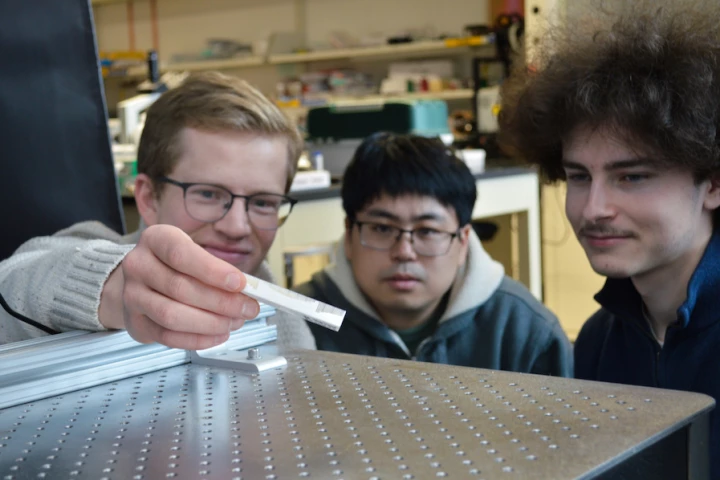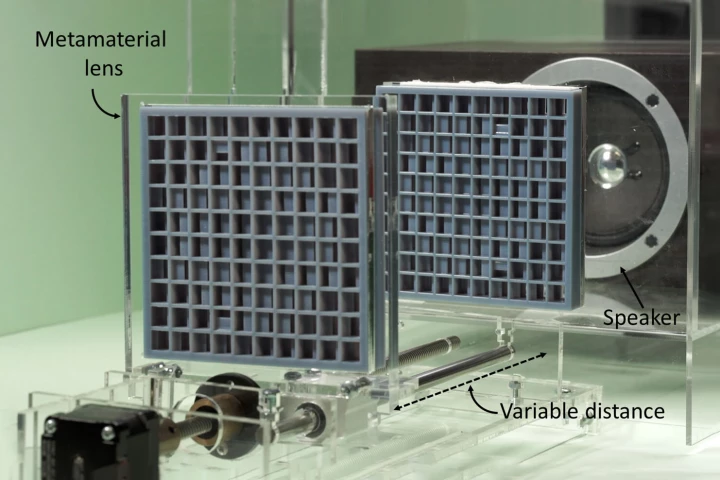Metamaterial
-
Nissan has demonstrated a new automotive paint that can drastically cool a vehicle parked in direct sunshine. Tests have shown that treated cars stay up to 21.6 °F (12 °C) cooler than untreated cars parked side by side.
-
Lots of glass surfaces can brighten up a room, but it also lets in too much heat as well as neighbors’ prying eyes. A new metamaterial is not only more transparent to light, but adds privacy, cools the room inside, and automatically cleans itself.
-
After decades of physics-based theorizing, researchers have succeeded in creating a novel optical metamaterial using conventional materials. Its enhanced electromagnetic effect may make true one-way glass a reality and solar panels more efficient.
-
Researchers developed a battery-less sensor that reacts to particular sounds, like spoken words, producing vibrational energy to power an electronic device. It could power medical devices like cochlear implants or monitor buildings for faults.
-
Engineers have developed a new system that can move objects without physical contact. The technique involves ultrasound waves acting on specialized surfaces to push or pull objects in set directions, which could help in manufacturing and robotics.
-
Researchers have developed a more precise design for "optical tweezers," using a metasurface lens studded with millions of tiny pillars which focus light to trap and manipulate individual atoms. It could pave the way for powerful quantum devices.
-
Road noise has long been a problem in cars, but it's even more obvious in electric cars. Nissan has now developed an acoustic meta-material that is as effective as the sound insulation materials currently used, but at a quarter of the weight.
-
MRI is a great tool for diagnosing disease, but it can be costly and cumbersome. Now, engineers at Boston University have developed a new device, small enough for a patient to wear inside the machine, that could boost the signal and provide higher-resolution images at lower magnetic strengths.
-
Imagine talking to someone across a crowd of thousands without using a phone, or sitting way up the back at a concert, but hearing everything perfectly. This is the promise of acoustic lenses, and researchers at the universities of Sussex and Bristol in the UK think they’ve something to shout about.
-
In our increasingly noisy world, it can be hard to find some quiet time. Now, a team of mechanical engineers at Boston University has developed a new device that is specially designed to block up to 94 percent of incoming sound waves, while still letting air pass through.
-
Researchers at the University of Sussex have developed SoundBender, a technology that bends sound waves around obstacles to acoustically levitate objects above them.
-
Physicists have produced a prototype metamaterial device that could be used in super-efficient "thermophotovoltaic" cells to generate electricity from infrared energy, even in the dark.
Load More











